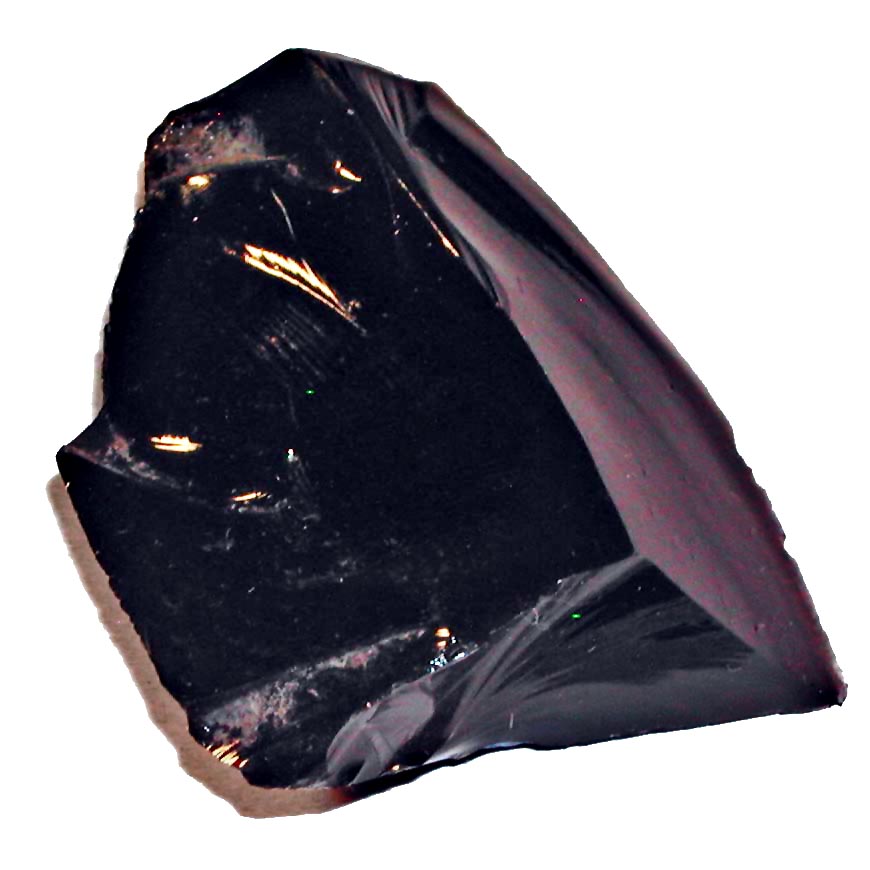
Volcanic rocks are named after Vulcan, it is the Roman name for the God of fire. Question 1: What is the etymology of the term igneous rock?Īnswer 1: The word “igneous” has been derived from the Latin ignis, which means “of fire”. Thirdly, the features of these rocks are generally characteristic of a particular tectonic environment which allows tectonic reconstitutions. Secondly, their absolute ages which we can obtain from different forms of radiometric dating and thus, we can compare it to adjacent geological strata which enables a time sequence of events. Firstly, their minerals and global chemistry provide information regarding the composition of the mantle, from which we extract some igneous rocks and the temperature and pressure conditions which allowed this extraction, and of other pre-existing rock that melted. Thus, you see that these rocks are important geologically. Similarly, most of the oceanic crust of our Earth is composed of igneous rock. Further, igneous rocks form around 15% of the current land surface of the Earth. Igneous and metamorphic rocks make up around 90 to 95% of the top 16 km of the crust of the earth by volume. When the lava cools down quickly, there is not enough time for the formation of large minerals. For instance, volcanic breccia.įinally, we have a glassy texture. Pyroclastic is fragmented, angular grains which are ejected during the eruption. Basically, it resembles a sponge and the examples are scorcia and pumice. Next, vesicular refers to rocks having vesicles. After that, Porphyritic comprises both large and fine-grained crystals and we call the large crystals as phenocrysts while the background is the matrix. The very coarse-grained and greater than 1 cm is Pegmatitic. You cannot see the grains with the unaided eye.Īfter that, the coarse-grained ones with visible crystals and being 1 to 10 mm is Phaneritic. The fine-grained which is less than 1 mm is Aphanitic. They are Aphanitic, Phaneritic, Pegmatitic, Porphyritic, Vesicular, Pyroclastic, and Glassy. There are basically seven types of igneous rock textures. Finally, the mineral deposits are available in the form of patches with different size. Similarly, these rocks do not generally reach with acids. In addition, they can either be glassy or coarse. Moreover, even if there are any chances of fossil deep inside the crust, it erupts out of the surface of the earth and gets destroyed because of the sheer heat which these rocks produce.įurther, most of the igneous forms include more than one mineral deposit. In order to understand what igneous rocks are, let us take a look at their examples, they are:įirstly, the igneous form of rocks does not include any fossil deposits. The examples of these rocks are basalt, tuff, and pumice. The cooling rate for some of the rocks is so quick that they create an amorphous glass. These are the kind of rocks which erupt onto the surface which results in small crystals as the cooling happens very rapidly. The examples of these rocks are diorite, granite, and pegmatite. Thus, they result in large crystals as the cooling process happens very slowly. These are the kind of rocks which crystallize below the surface of the earth. They are intrusive and extrusive igneous rocks. Types of Igneous Rockīasically, there are two kinds of igneous rocks. Whereas, smaller crystals usually denote faster cooling linked with extrusive igneous rocks. Thus, you see that large crystals usually denote intrusive igneous rocks. Further, the size of mineral crystals in an igneous rock can denote the rate at which the lava or magma cooled to create a rock.įurther, the crystal size can also be affected by the number of gases or the availability of the chemicals in the molten rock which are needed for forming the crystals. In other words, the texture is like a description of the constituent parts of the rocks with reference to the sizes, shapes and arrangement. The texture of these rocks is dependent on the shape, size, time period for cooling down and solidifying and the arrangement of crystals in the rock. We can easily identify igneous rocks because of their texture, density, colour and mineral composition. For instance, ash, bombs, tuffs and volcanic breccias. Pyroclastic deposits are accumulations of fragmented material which eject during volcanic eruptions. Further, lava is the molten rock which flows out of fissures or vents at volcanic centres.Īfter that, they cool down and form rocks like basalt, rhyolite, or obsidian.

Molten rock refers to the rock which liquefies due to intense heat and pressure. We define igneous rocks as the kind which form when molten rock cools down to a solid-state. 2 FAQ on Igneous Rocks Introduction to Igneous Rocks


 0 kommentar(er)
0 kommentar(er)
